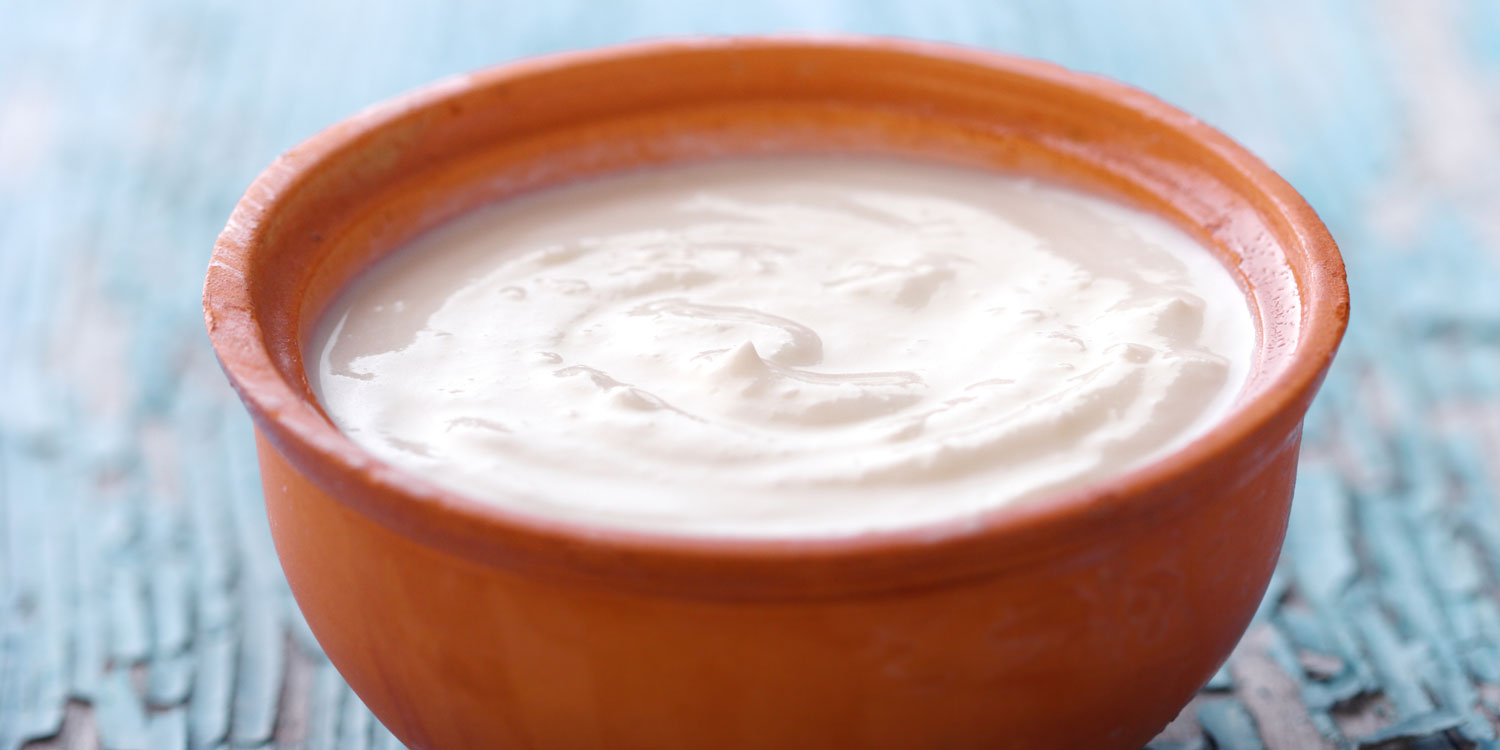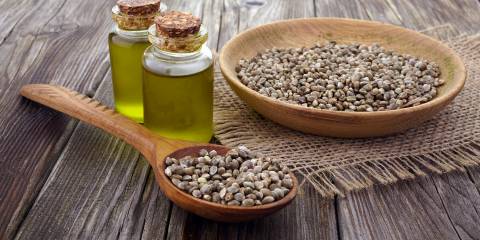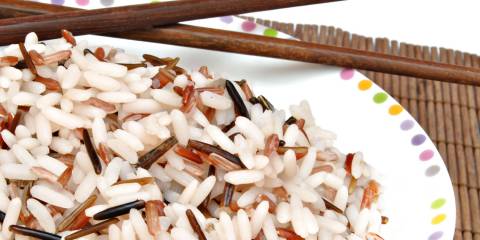Farmers and ranchers have long known that there is a connection between bacteria and fat metabolism. They discovered that sick cows that are given antibiotics, which kill both the “good” and the “bad” microbes, gain considerable weight. Today, it is common practice in the agriculture industry to fatten up healthy cattle by mixing low-dose antibiotics with regular portions of feed.
Gut Bacteria and Weight
This link between bacteria in the gut and weight is getting more attention from researchers.
If antibiotics that destroy microbes help organisms hold on to fat, can a daily influx of probiotics have the opposite effect, helping the body burn more fat instead of storing it?
Mice on Yogurt
Massachusetts Institute of Technology scientists Eric Alm, PhD, and Susan Erdman, DVM, MPH , recently tested the theory with two groups of laboratory mice. The control group was fed normal rodent food, while the variable group was served the same diet, plus a mouse-sized helping of vanilla yogurt with live probiotic cultures.
This past May, the MIT researchers determined that not only are the mice who ate yogurt with probiotics thinner and sleeker, but they have much shinier fur—and the males have developed a certain “swagger.” Furthermore, the slim and shiny yogurt-eating mice mated faster and produced a larger number of offspring.
“We knew there was something different in the males, but we weren’t sure what it was at first,” Dr. Erdman told ABC News. “You know when someone’s at the top of their game, how they carry themselves differently? Well, imagine that in a mouse.” Lab humor aside, the MIT team reported significant physiological changes in the mice.
Sources of Probiotics
Most probiotics are consumed in either fermented dairy products such as yogurt and kefir or in dietary supplements (in pills or capsules). Bacteria that are dried and stabilized in pills remain alive but become active only when they are reintroduced into a moist environment.
Because bacteria living in the human body typically outnumber human cells by a 10:1 ratio, much remains unknown about their essential roles. The National Institutes of Health set up the $115 million Human Microbiome Project in 2008 to map out the different species of bacteria thriving inside healthy people.
“It’s intriguing and entirely possible that in the future we will get a cocktail of strains and species of bacteria to repair the collateral damage that antibiotics and other practices have done to our inner ecology,” Stanford University microbiologist David Relman, MD, told the New York Times.
If mice and cow waistlines are any indication, that weightloss cocktail might already be available.





